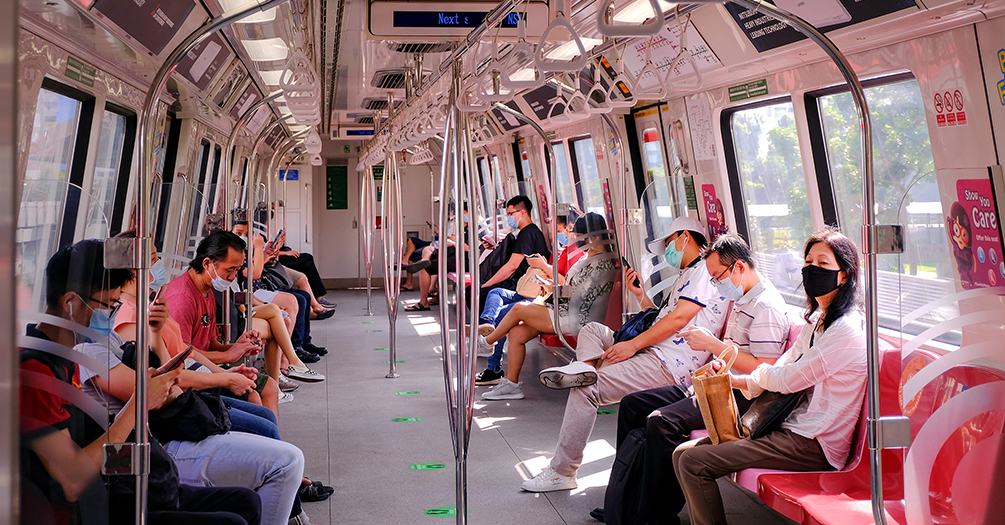
The international problem of mental healthcare
Kieu Anh Phan
"Growing up in Vietnam, I had never heard of the concept of mental health. But after a traumatic experience traveling home during COVID and being placed in a quarantine camp, my mind fell into a very dark place. There were very limited, if any, therapists or psychiatrists in my home country."





